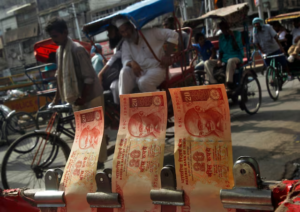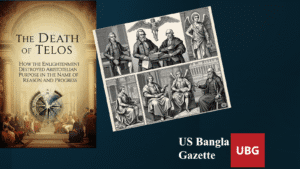Assamese, Bengali, Marathi, Pali, and Prakit Granted Classical Language Status in India

The Cabinet’s Historic Decision
On Thursday, the Union Cabinet decided to grant classical language status to five languages: Assamese, Bengali, Marathi, Pali, and Prakrit. This momentous announcement, made during a meeting chaired by Prime Minister Narendra Modi, highlighted the government’s dedication to honoring India’s diverse linguistic heritage.
A Glimpse into India’s Linguistic Heritage
The classical language category was first established on October 12, 2004, with Tamil being the pioneer to receive this esteemed status. Following Tamil, languages such as Sanskrit, Telugu, Kannada, Malayalam, and Odia have also been recognized. Each language contributes to a rich tapestry woven through our history and culture.
The Significance of This Decision
PM Modi emphasized the beauty of these languages, which he said mirror India’s vibrant diversity. He described Pali and Prakrit as fundamental to the Indian philosophical and literary traditions, associating them with spirituality and wisdom. This recognition is not just an honor; it reinforces the importance of preserving the deep cultural heritage that these languages embody.
This decision has been met with widespread acclaim from various political leaders nationwide. Prominent figures like West Bengal’s CM Mamata Banerjee and Maharashtra’s CM Eknath Shinde have expressed gratitude towards the Prime Minister for uplifting regional languages. Union Minister Dharmendra Pradhan further accentuated the pride that comes with this decision, calling it a testament to India’s civilizational wealth.








